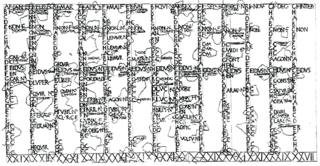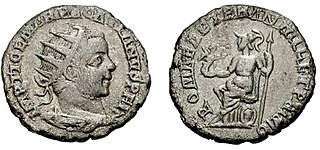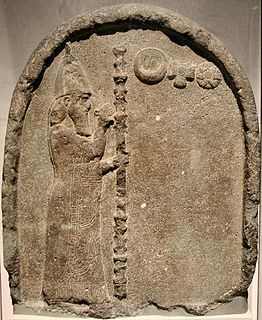| Millennium: | 1st millennium BC |
|---|---|
| Centuries: | |
| Decades: | |
| Years: |
| 556 BC by topic |
| Politics |
|---|
| Categories |
| Gregorian calendar | 556 BC DLV BC |
| Ab urbe condita | 198 |
| Ancient Egypt era | XXVI dynasty, 109 |
| - Pharaoh | Amasis II, 15 |
| Ancient Greek era | 56th Olympiad (victor )¹ |
| Assyrian calendar | 4195 |
| Balinese saka calendar | N/A |
| Bengali calendar | −1148 |
| Berber calendar | 395 |
| Buddhist calendar | −11 |
| Burmese calendar | −1193 |
| Byzantine calendar | 4953–4954 |
| Chinese calendar | 甲辰年 (Wood Dragon) 2141 or 2081 — to — 乙巳年 (Wood Snake) 2142 or 2082 |
| Coptic calendar | −839 – −838 |
| Discordian calendar | 611 |
| Ethiopian calendar | −563 – −562 |
| Hebrew calendar | 3205–3206 |
| Hindu calendars | |
| - Vikram Samvat | −499 – −498 |
| - Shaka Samvat | N/A |
| - Kali Yuga | 2545–2546 |
| Holocene calendar | 9445 |
| Iranian calendar | 1177 BP – 1176 BP |
| Islamic calendar | 1213 BH – 1212 BH |
| Javanese calendar | N/A |
| Julian calendar | N/A |
| Korean calendar | 1778 |
| Minguo calendar | 2467 before ROC 民前2467年 |
| Nanakshahi calendar | −2023 |
| Thai solar calendar | −13 – −12 |
| Tibetan calendar | 阳木龙年 (male Wood-Dragon) −429 or −810 or −1582 — to — 阴木蛇年 (female Wood-Snake) −428 or −809 or −1581 |
The year 556 BC was a year of the pre-Julian Roman calendar. In the Roman Empire, it was known as year 198 Ab urbe condita . The denomination 556 BC for this year has been used since the early medieval period, when the Anno Domini calendar era became the prevalent method in Europe for naming years.

The Roman calendar was the calendar used by the Roman kingdom and republic. The term often includes the Julian calendar established by the reforms of the dictator Julius Caesar and emperor Augustus in the late 1st century BC and sometimes includes any system dated by inclusive counting towards months' kalends, nones, and ides in the Roman manner. The term usually excludes the Alexandrian calendar of Roman Egypt, which continued the unique months of that land's former calendar; the Byzantine calendar of the later Roman Empire, which usually dated the Roman months in the simple count of the ancient Greek calendars; and the Gregorian calendar, which refined the Julian system to bring it into still closer alignment with the solar year and is the basis of the current international standard.

The Roman Empire was the post-Republican period of ancient Rome, consisting of large territorial holdings around the Mediterranean sea in Europe, North Africa and West Asia ruled by emperors. From the accession of Caesar Augustus to the military anarchy of the third century, it was a principate with Italy as metropole of the provinces and its city of Rome as sole capital. The Roman Empire was then ruled by multiple emperors and divided into a Western Roman Empire, based in Milan and later Ravenna, and an Eastern Roman Empire, based in Nicomedia and later Constantinople. Rome remained the nominal capital of both parts until 476 AD, when it sent the imperial insignia to Constantinople following the capture of Ravenna by the barbarians of Odoacer and the subsequent deposition of Romulus Augustus. The fall of the Western Roman Empire to Germanic kings, along with the hellenization of the Eastern Roman Empire into the Byzantine Empire, is conventionally used to mark the end of Ancient Rome and the beginning of the Middle Ages.

Ab urbe condita, or Anno urbis conditae, often abbreviated as AUC in either case, is a convention that was used in antiquity and by classical historians to refer to a given year in Ancient Rome. Ab urbe condita literally means "from the founded city", while anno urbis conditæ means "in the year of the founded city". Therefore, the traditional year of the foundation of Rome, 753 BC, would be written AUC 1, while AD 1 would be AUC 754. The foundation of the Empire in 27 BC would be AUC 727.




